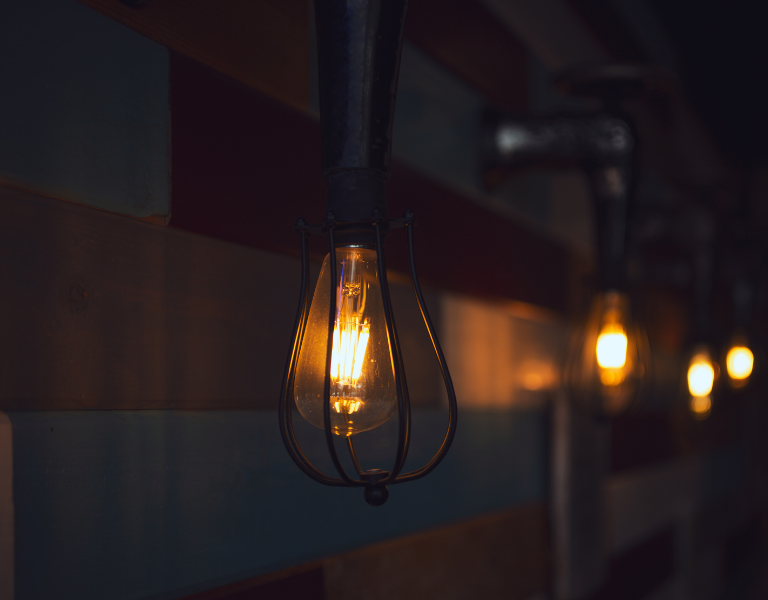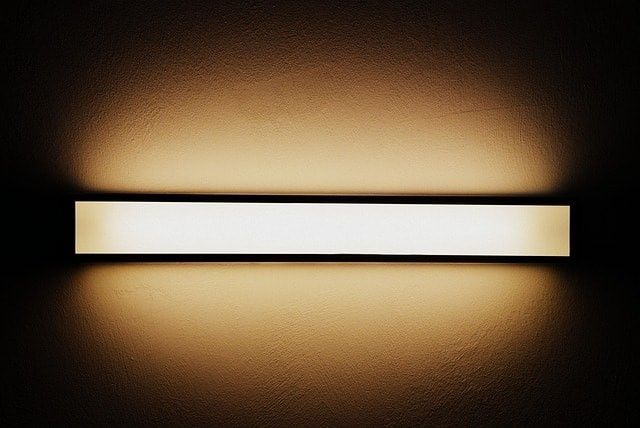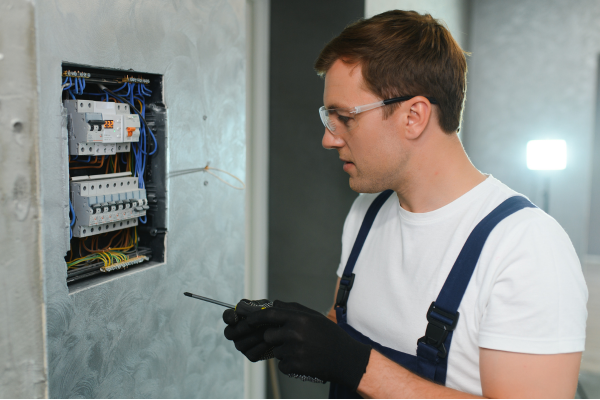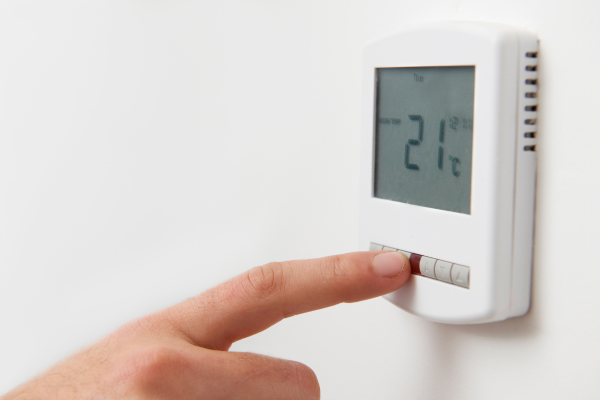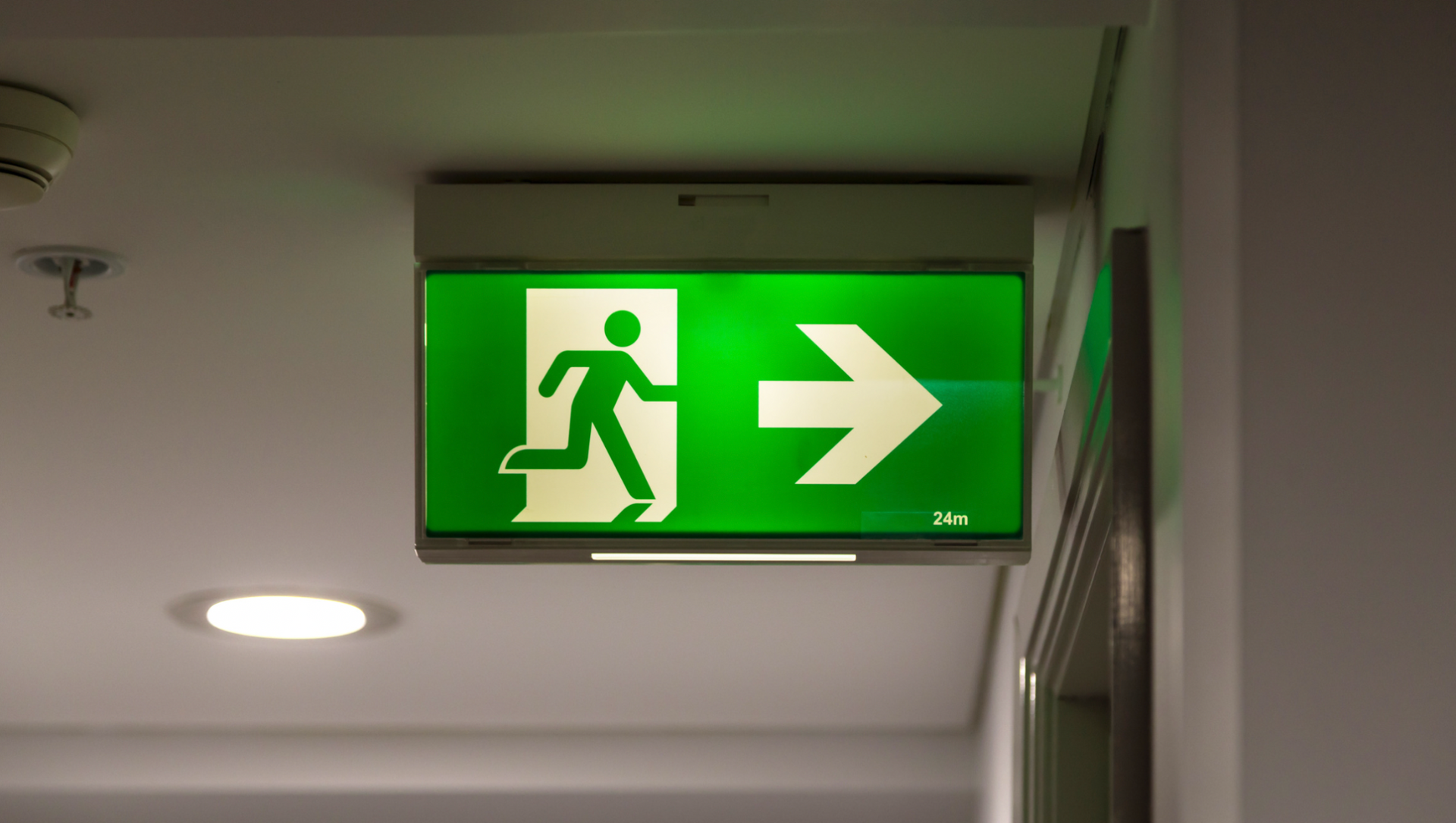Are Flickering LED Lights Dangerous? Here’s What You Should Know
Are flickering LED lights dangerous? Here’s what you should know. While LED lighting is widely considered a safer and more energy-efficient option than incandescent bulbs or fluorescent bulbs, the issue of flickering LED lights has sparked genuine concern among homeowners, renters, and business owners. But is it just a visual annoyance, or a serious risk? In this article, we’ll break down what causes LED lights to flicker, whether they pose health or fire risks, and what you can do about them.
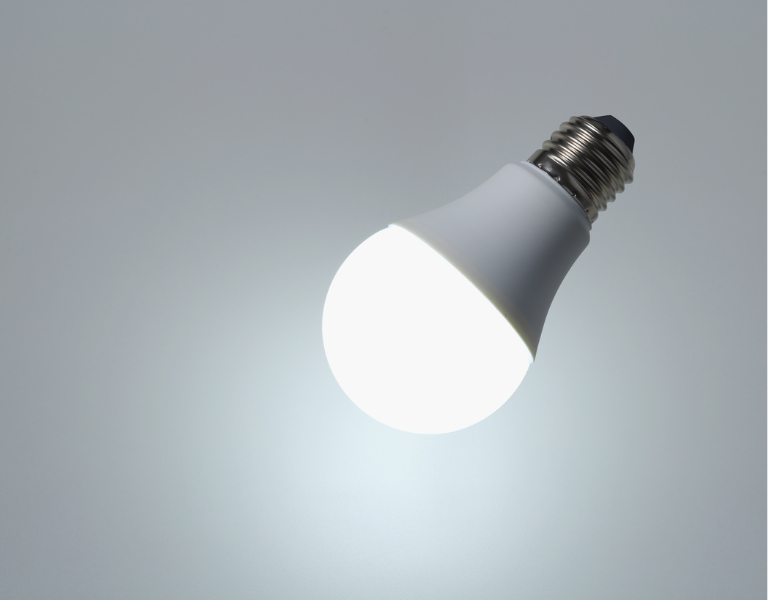
What Does Flickering Mean?
Understanding Light Flicker
Flickering happens when a bulb's light intensity fluctuates rapidly. It can be visible to the naked eye or as an invisible flickering light with a high flicker frequency, which is too fast to see but still potentially harmful.
Flickering LED vs Other Bulbs
Unlike incandescent or fluorescent bulbs, LED lights use a driver to convert AC power to DC. This makes them more susceptible to flickering if anything interferes with the power supply or electrical system.
Are Flickering LED Lights Dangerous? Here’s What You Should Know
Short Answer: Yes, They Can Be
While not always dangerous, flickering LED lights can pose health issues, create fire risks, and signal electrical problems in your home. Let’s explore these risks more closely.
Common Causes of Flickering LED Lights
1. Incompatible Dimmer Switches
LED-compatible dimmer switches are essential. Using incompatible dimmers can cause flickering, especially in dimmable lights where voltage is being modulated.
2. Loose Wiring or Poor Connections
Loose connections in the wiring or socket can lead to an unstable current. This can not only cause flickering but also spark electrical fires.
3. Voltage Fluctuations
If several devices on the same circuit turn on simultaneously, your LED lights may flicker due to a sudden dip in voltage. This is especially common in older homes with outdated lighting systems.
4. Faulty LED Drivers
The LED driver is the component that regulates current to your LED bulbs. A failing driver often results in flickering issues and should be replaced.
5. Poor Quality LED Lights
LEDs from unknown or unverified brands often have inconsistent build quality. Reputable manufacturers typically offer flicker-free lights with high-quality drivers and testing standards.
Health Hazards of Flickering LED Lights
1. Eye Strain and Blurred Vision
Even if you can’t consciously detect it, frequent exposure to invisible flicker can result in eye strain, fatigue, and blurred vision, particularly during long exposure or screen use.
2. Headaches and Migraines
For sensitive individuals, especially those with light sensitivity, flickering lights can trigger headaches and even epileptic seizures in extreme cases.
3. Mental Fatigue
Your brain is constantly working to process unstable light sources. This prolonged exposure to flicker can reduce concentration and mental fatigue, particularly in young adults and students.
Fire Risks and Safety Concerns
1. Electrical Fires
Faulty wiring issues, loose wiring, or overloaded circuits can heat up and cause burning smells, melted sockets, or even fires if left unchecked.
2. Circuit Breaker Trips
If your circuit breaker trips repeatedly when the lights flicker, it's a sign of potential power surges or overloading, both needing prompt attention.
3. Sparks or Arcing
Flickering with sparks or popping sounds at the switch or light fixtures is extremely dangerous. Call a professional electrician immediately.
How to Fix Flickering LED Lights
1. Check for Loose Connections
Start by turning off the power and checking the bulb sockets and wiring connections. Loose fittings are often a quick fix.
2. Use the Right Dimmer Switch
Replace old switches with LED-compatible dimmer switches designed explicitly for modern lighting technology.
3. Upgrade to High-Quality LED Bulbs
Choose flicker-free or zero flicker bulbs from reputable manufacturers. These are more stable and safer for home use.
4. Evaluate the Power Supply
An inconsistent power supply might require a voltage regulator or surge protector. This is especially helpful in areas with frequent power surges.
5. Hire a Professional Electrician
If flickering persists, don’t take chances. Hire a certified professional electrician in West London to inspect your electrical system and thoroughly recommend proper installation practices.
Prevention Tips for a Safer Lighting Setup
Avoid Overloading Circuits
Spread high-draw appliances like heaters and ovens across different circuits to prevent flicker-causing voltage fluctuations.
Install Surge Protectors
These help guard your LED lights and other electronics from damage due to sudden spikes in power.
Regular Maintenance
Schedule a yearly inspection of your lighting system and circuits to ensure everything’s working as it should.
Educate Household Members
Help everyone in your household understand what to look out for, such as flickering lights, burning smells, or buzzing switches, and report any problems promptly.
When to Worry About Flickering
It’s Not Always Harmless
While occasional flicker isn’t necessarily dangerous, persistent flickering should be treated seriously, especially when paired with other symptoms.
Call an Expert If...
- The flickering persists across multiple rooms.
- There's a burning smell or visible sparks
- The issue occurs only with specific switches or bulbs
- Digital screens or devices show a visible flicker
Conclusion
So, are flickering LED lights dangerous? Here’s what you should know: they can be. While not every flicker is cause for alarm, they’re often symptoms of larger problems such as faulty wiring, loose connections, or poor-quality products. The good news is that most flickering issues can be resolved with some troubleshooting, the right equipment, and occasionally, help from a professional electrician. Always prioritise optimal lighting and safety; your health and home depend on it.
FAQs
Can flickering LED lights cause headaches?
In particular, invisible flicker can trigger eye strain and headaches, especially in sensitive individuals or during prolonged exposure.
What should I do if my LED lights flicker after installation?
Check if the dimmer switches are compatible, inspect for loose wiring, and consider replacing low-quality bulbs.
Is flickering constantly a sign of danger?
Not always, but persistent flickering is often linked to electrical problems and should be investigated by a professional electrician.
Can poor-quality LED lights be dangerous?
Yes. Cheap LEDs often lack proper regulation, leading to flickering issues, overheating, and even fire hazards.
Should I worry about an invisible flicker in LED lighting?
Definitely, even if you can’t see it, your body may react negatively to invisible flickering light, causing discomfort, eye strain, and fatigue.


